Themed collection Bunsentagung 2013: 'Theory meets Spectroscopy'

Theoretical spectroscopy using molecular dynamics: theory and application to CH5+ and its isotopologues
Computing and assigning infrared spectra via molecular dynamics is a powerful technique to unravel the structure and dynamics of molecular systems of ever increasing complexity.
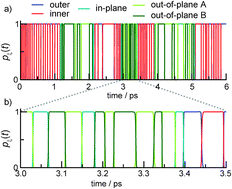
Phys. Chem. Chem. Phys., 2013,15, 10270-10299
https://doi.org/10.1039/C3CP44523B
Electronic structure analysis of multistate reactivity in transition metal catalyzed reactions: the case of C–H bond activation by non-heme iron(IV)–oxo cores
This perspective discusses the principles of the multistate scenario often encountered in transition metal catalyzed reactions. To this end, the reaction of C–H bond activation by non-heme FeIVoxo intermediates is taken as an example to show how to gain chemical insights from the electronic structure analysis.
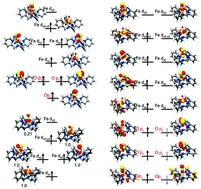
Phys. Chem. Chem. Phys., 2013,15, 8017-8030
https://doi.org/10.1039/C3CP00080J
Comparing molecular photofragmentation dynamics in the gas and liquid phases
This perspective explores the extent to which the early time dynamics of molecular photofragmentation processes in solution mimic behaviour observed in the gas phase.
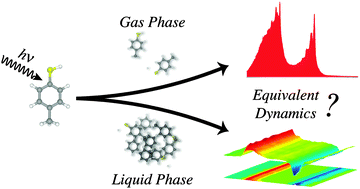
Phys. Chem. Chem. Phys., 2013,15, 6567-6582
https://doi.org/10.1039/C3CP50756D
Rotational spectroscopy meets theory
Overview of the quantum-chemical calculation of rotational spectroscopy parameters: the support of theory in supporting experiment is detailed.
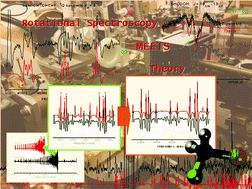
Phys. Chem. Chem. Phys., 2013,15, 6595-6607
https://doi.org/10.1039/C3CP44301A
Modeling environment effects on spectroscopies through QM/classical models
An overview of potentials and limits of hybrid QM/classical approaches to simulate spectroscopies of molecules in environments of increasing complexity.
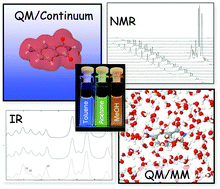
Phys. Chem. Chem. Phys., 2013,15, 6583-6594
https://doi.org/10.1039/C3CP44417A
The chemical sensitivity of X-ray spectroscopy : high energy resolution XANES versus X-ray emission spectroscopy of substituted ferrocenes
The limits of the chemical sensitivity of X-ray spectroscopy are explored using a combination of experiment and theory.
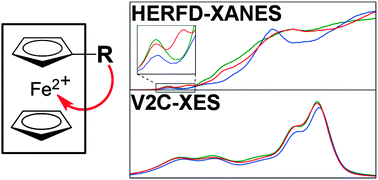
Phys. Chem. Chem. Phys., 2013,15, 8095-8105
https://doi.org/10.1039/C3CP50999K
Investigation by two-color IR dissociation spectroscopy of Hoogsteen-type binding in a metalated nucleobase pair mimic
IR-MPD spectroscopy by a novel two color scheme proved self-assembly of a metalated nucleobase pair mimic by Hoogsteen binding.
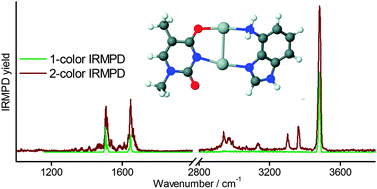
Phys. Chem. Chem. Phys., 2013,15, 8171-8178
https://doi.org/10.1039/C3CP44283G
The electronic structure of pyracene: a spectroscopic and computational study
The electronic structure of pyracene has been investigated by spectroscopy and quantum chemistry.
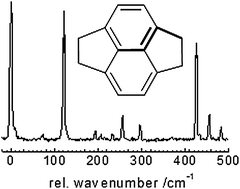
Phys. Chem. Chem. Phys., 2013,15, 8151-8161
https://doi.org/10.1039/C3CP44271C
Intrinsic fluorescence properties of rhodamine cations in gas-phase: triplet lifetimes and dispersed fluorescence spectra
Intersystem crossing from the triplet manifold to the ground state is studied in the gas phase for several rhodamine cations. Gas phase triplet lifetimes on the order of seconds, dispersed fluorescence measurements at cryogenic temperature, as well as B3LYP calculations are reported.
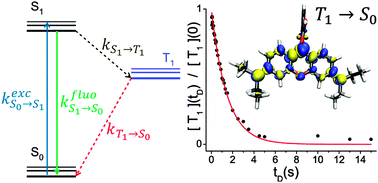
Phys. Chem. Chem. Phys., 2013,15, 8162-8170
https://doi.org/10.1039/C3CP44362K
Strong-pump strong-probe spectroscopy : effects of higher excited electronic states
The present paper is devoted to the simulation of (integral and dispersed) pump–probe signals in the nonperturbative regime for a series of material systems with multiple electronic states and excited-state absorption.
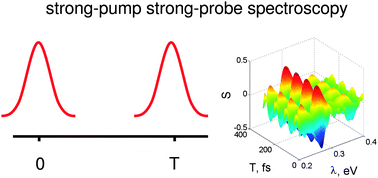
Phys. Chem. Chem. Phys., 2013,15, 8119-8131
https://doi.org/10.1039/C3CP44454F
Electron tunneling from electronically excited states of isolated bisdisulizole-derived trianion chromophores following UV absorption
Time-resolved photoelectron spectroscopy of Bisdisulizole-derived trianions shows ESETD.
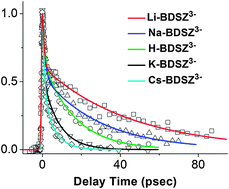
Phys. Chem. Chem. Phys., 2013,15, 6726-6736
https://doi.org/10.1039/C3CP50497B
Rovibrational states of ClHCl− isotopologues up to high J: a joint theoretical and spectroscopic investigation
Explicitly correlated coupled cluster calculations help with the assignment of diode laser IR spectra of ClHCl− isotopologues and enable the analysis of subtle rovibrational interactions.
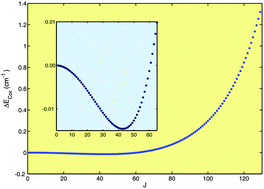
Phys. Chem. Chem. Phys., 2013,15, 6737-6748
https://doi.org/10.1039/C3CP44236E
Azidoacetylene – interpretation of gas phase infrared spectra based on high-level vibrational configuration interaction calculations
The vibrational spectrum of azidoacetylene, being dominated by strong Fermi resonances and intense overtones, has been analyzed by vibrational configuration interaction calculations.
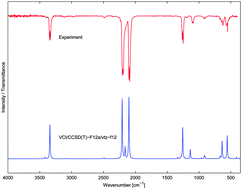
Phys. Chem. Chem. Phys., 2013,15, 6719-6725
https://doi.org/10.1039/C3CP50268F
Specific many-electron effects in X-ray spectra of simple metals and graphene
K and L edge X-ray emission spectra of simple metals are calculated including dynamical core-hole screening in the valence band.
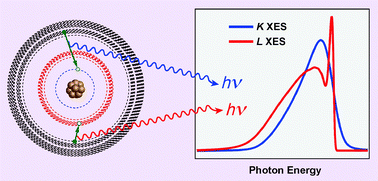
Phys. Chem. Chem. Phys., 2013,15, 6749-6756
https://doi.org/10.1039/C3CP44304C
Non-bonding interactions and internal dynamics in CH2F2⋯H2CO: a rotational and model calculations study
The non-bonding interactions and the internal dynamics of CH2F2–CH2O are described interpreting the rotational features with appropriate theoretical models.
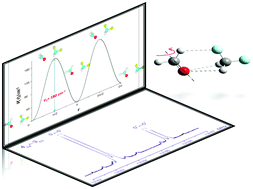
Phys. Chem. Chem. Phys., 2013,15, 6714-6718
https://doi.org/10.1039/C3CP50306B
On the role of singlet versus triplet excited states in the uncaging of ortho-nitrobenzyl caged compounds
ortho-Nitrobenzylacetate (oNBA) is one of the smallest caged-compounds utilizing the famous ortho-nitrobenzyl caging group and thus serves here as a proto-typical example.
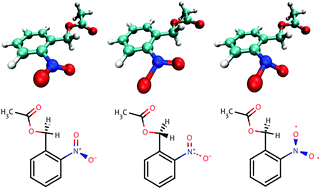
Phys. Chem. Chem. Phys., 2013,15, 6691-6698
https://doi.org/10.1039/C3CP44338H
Understanding multi-quantum NMR through secular approximation
An alternate interpretation of the secular approximation is presented for describing and understanding the nuances of multi-quantum (MQ) NMR spectroscopy of quadrupolar nuclei.
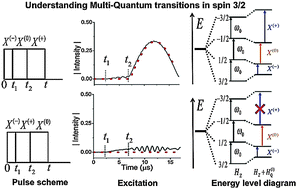
Phys. Chem. Chem. Phys., 2013,15, 6699-6713
https://doi.org/10.1039/C3CP44296A
Potential energy surfaces for ground and excited electronic states of the CF3I molecule and their relevance to its A-band photodissociation
Potential energy surfaces for the A-band states of CF3I are obtained in the multireference spin–orbit CI calculations and analyzed in relation to the CF3I photodissociation process.
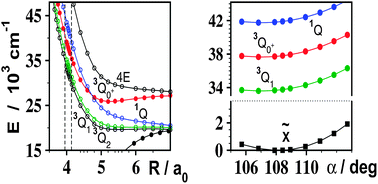
Phys. Chem. Chem. Phys., 2013,15, 6660-6666
https://doi.org/10.1039/C3CP44237C
Ab initio simulations of scanning-tunneling-microscope images with embedding techniques and application to C58-dimers on Au(111)
An efficient method to simulate STM-images of large molecules is presented, which utilizes the embedding technique merged with standard quantum chemistry calculations.

Phys. Chem. Chem. Phys., 2013,15, 6684-6690
https://doi.org/10.1039/C3CP44286A
In situ determination of the surface excess upon electrochemical sulfate adsorption on Au(111) films by surface plasmon resonance
We have studied sulfate adsorption and desorption processes on gold surfaces, employing time resolved surface plasmon generation.
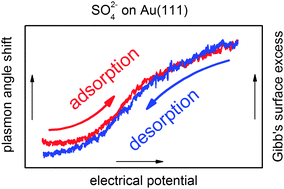
Phys. Chem. Chem. Phys., 2013,15, 6667-6672
https://doi.org/10.1039/C3CP44303E
Ultrafast photoinduced dynamics of halogenated cyclopentadienes: observation of geminate charge-transfer complexes in solution
Photoexcited halogenated cyclopentadienes dissociate into radicals within <100 fs, which form highly stabilized geminate charge-transfer complexes depending on the solvent.
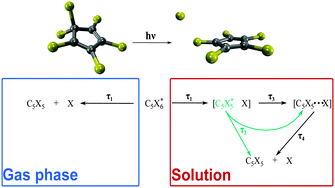
Phys. Chem. Chem. Phys., 2013,15, 6673-6683
https://doi.org/10.1039/C3CP44295K
Computing vibrational spectra from ab initio molecular dynamics
The computation of vibrational spectra from ab initio molecular dynamics simulations via time-correlation functions is presented and compared to static calculations within the harmonic approximation. Furthermore, the applicability to bulk phase systems is demonstrated.
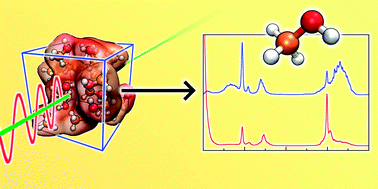
Phys. Chem. Chem. Phys., 2013,15, 6608-6622
https://doi.org/10.1039/C3CP44302G
QM/MM simulations of vibrational spectra of bacteriorhodopsin and channelrhodopsin-2
A new model for an important structural motif of channelrhodopsin-2 is presented, which agrees well with simulations and experiments.
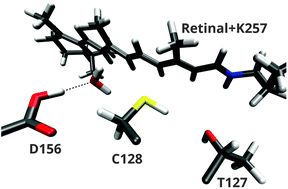
Phys. Chem. Chem. Phys., 2013,15, 6651-6659
https://doi.org/10.1039/C3CP44181D
Spectroscopic and theoretical investigations of adenosine 5′-diphosphate and adenosine 5′-triphosphate dianions in the gas phase
The interplay between repulsive negative charge density and attractive hydrogen bonds governs structure of dianionic ATP and ADP.
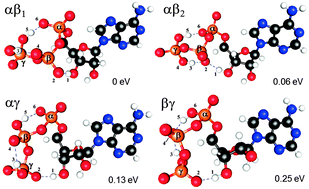
Phys. Chem. Chem. Phys., 2013,15, 6640-6650
https://doi.org/10.1039/C2CP43808A
Computational study of the spin-state energies and UV-Vis spectra of bis(1,4,7-triazacyclononane) complexes of some first-row transition metal cations
Ligand-field DFT versus Time-Dependent DFT on transition-metal cyclononane complexes, which one works better?
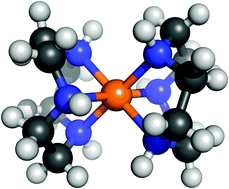
Phys. Chem. Chem. Phys., 2013,15, 6631-6639
https://doi.org/10.1039/C2CP43735J
Benchmarks for 0–0 transitions of aromatic organic molecules: DFT/B3LYP, ADC(2), CC2, SOS-CC2 and SCS-CC2 compared to high-resolution gas-phase data
A new test set for 0–0 transition energies in organic molecules, consisting of 66 electronic origins taken from high-resolution measurements in supersonic jets, has been compiled and evaluated for second-order wave function methods and DFT/B3LYP.

Phys. Chem. Chem. Phys., 2013,15, 6623-6630
https://doi.org/10.1039/C2CP42694C
About this collection
This is the official themed issue of the international Bunsentagung 2013 meeting on the same theme organised by the Deutsche Bunsen-Gesellschaft (DBG) which took place from May 9-11, 2013 in Karlsruhe, Germany. The issue was Guest Edited by Manfred Kappes and Wim Klopper.